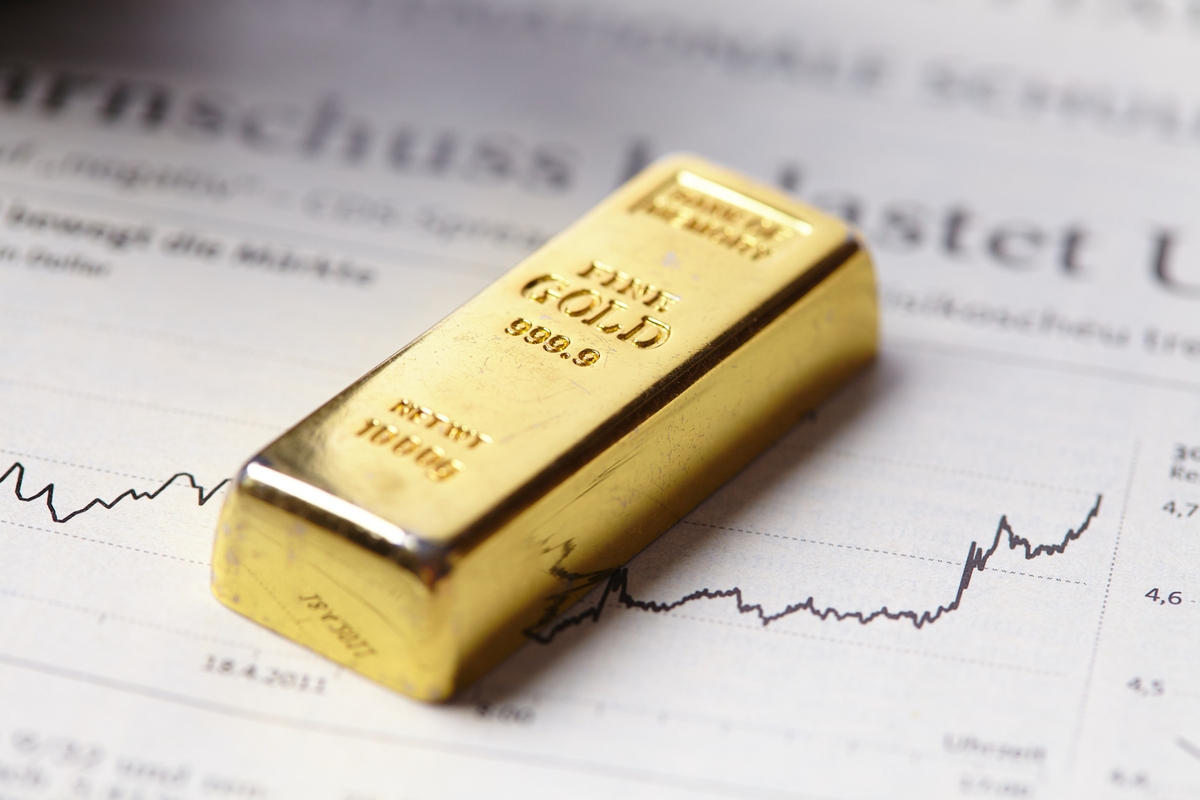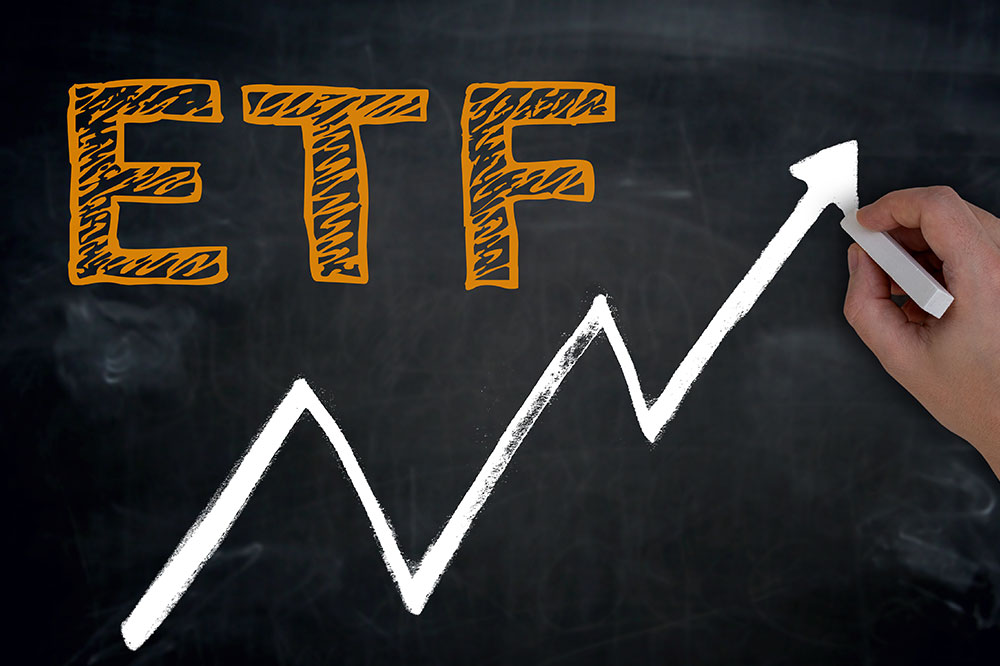Comprehensive Guide to Gold Investment Strategies in Germany
Discover comprehensive strategies for investing in gold in Germany. This guide explores physical gold, ETFs, and mining stocks, providing detailed insights to help investors diversify their portfolios, hedge against market volatility, and make informed decisions on gold investments tailored to their financial goals and risk appetite.

Effective Approaches to Investing in Gold in Germany
Throughout history, gold has been revered as a symbol of wealth and stability. It remains one of the most trusted assets for safeguarding wealth, especially during times of economic uncertainty. German investors, looking to diversify their portfolios and hedge against inflation, have a variety of smart investment options when it comes to gold. From holding physical gold to investing in financial instruments like ETFs and stocks of gold mining companies, each method has its distinct advantages and considerations. Understanding these options in detail enables investors to devise a robust strategy tailored to their financial goals and risk tolerance.
1. Physical Gold Investments
Types of Physical Gold
Physical gold remains a tangible and popular option among investors who prefer direct ownership. It can be acquired in several forms, each serving different investment needs and preferences. In Germany, common physical gold investments include gold coins, bars, and even jewelry, although the latter is often considered more as an accessory rather than a pure investment vehicle.
Gold Coins: Gold coins are among the most recognizable forms of physical gold. Notably, German investors often consider historical coins like the German Goldmark, along with globally popular coins such as the American Eagle, Canadian Maple Leaf, and South African Krugerrand. These coins offer liquidity and are easy to store, making them an attractive option for both beginner and experienced investors.
Gold Bars: Gold bars are available in a wide range of sizes, from compact 1-gram bars to large 1-kilogram or even 400-ounce bars used by professionals. Their premium over spot price is typically lower than coins, making them suitable for bulk storage and investment.
Gold Jewelry: While primarily decorative, gold jewelry is sometimes viewed as a form of portable wealth. However, jewelry often involves higher premiums over the gold content and may be less liquid for pure investment purposes.
Advantages of Holding Physical Gold
Ownership and Tangibility: Investors physically own the gold, which can be kept, passed down, or sold at their discretion.
No Dependence on Third Parties: Direct ownership eliminates counterparty risk, providing peace of mind of control.
Privacy: Transactions involving physical gold can often be conducted privately without extensive disclosure.
Important Considerations for Physical Gold
Storage and Security: Safe storage is crucial. Investors may need safety deposit boxes, secure safes at home, or specialized storage facilities, all of which incur costs.
Liquidity Challenges: Selling physical gold can take time, involve premiums or discounts, and may require careful finding of buyers.
Premiums and Market Price: Physical gold is often purchased above the spot price due to manufacturing and distribution costs. Conversely, selling may result in obtaining less than the current market spot price after deductions.
2. Gold ETFs (Exchange-Traded Funds)
Gold ETFs are financial instruments that track the price of gold without requiring investors to physically hold the metal. They are traded on stock exchanges and provide an efficient, economical way to gain exposure to gold’s price movements. For German investors, ETFs are a popular alternative to physical bars or coins, especially for those who prefer liquidity and ease of trading.
Leading Gold ETFs in Germany
Xetra-Gold (ETR: 4GLD): One of Europe’s most prominent gold-backed ETFs, listed on the Frankfurt Stock Exchange, offering investors direct backing of physical gold stored in secure vaults.
WisdomTree Physical Gold ETF (LON: PHAU): Though based in London, this ETF provides exposure to gold prices, accessible to German investors through various trading platforms.
Advantages of Gold ETFs
Liquidity and Flexibility: ETFs can be bought and sold throughout trading hours like stocks, providing high liquidity and ease of access.
Cost Efficiency: They eliminate the need for storage, insurance, and fitting into long-term physical handling costs.
Portfolio Diversification: Integrating gold via ETFs helps diversify risk and stabilizes investment portfolios, especially during market volatility.
Things to Keep in Mind About Gold ETFs
Management Fees: ETF providers charge management fees, which can subtly reduce overall returns over time.
Counterparty Risk: There is a slight risk linked to the institutions managing the ETF, though well-established providers mitigate this concern.
No Physical Ownership: Investors own shares of the ETF, not the actual gold, which can be a consideration for those preferring direct ownership.
3. Investing in Gold Mining Stocks
Gold mining stocks provide exposure to the performance of companies engaged in extracting and processing gold. This method offers a twofold benefit: it responds to gold price changes and benefits from operational and management efficiencies of mining companies.
Leading Gold Mining Companies in the Market
Barrick Gold Corporation (NYSE: GOLD, TSX: ABX): One of the world's largest gold producers, with a vast global footprint and diversified operations.
Newmont Corporation (NYSE: NEM): The largest publicly traded gold producer, based in the US, with substantial holdings worldwide.
Fresnillo plc (LSE: FRES): A significant player in Mexico, known for its extensive operational scale and consistent output.
Advantages of Investing in Gold Mining Stocks
Leverage to Gold Prices: Stocks of mining companies often outperform the spot price of gold during price surges.
Income Potential: Many mining firms pay regular dividends, providing an additional income stream for investors.
High Liquidity: Shares can be easily traded on stock exchanges, giving investors flexibility to enter or exit positions quickly.
Potential Risks to Be Aware Of
Operational and Political Risks: Fluctuations in production costs, geopolitical issues, and management decisions can significantly impact stock performance.
Market Volatility: Mining stocks tend to be more volatile than physical gold, leading to higher risk and potential reward.
Company-Specific Issues: Exploration success, regulatory compliance, and environmental factors can influence individual company stock performance.
Investors in Germany looking to include gold in their portfolio should consider these options carefully. A diversified approach, combining physical gold, ETFs, and stocks, can provide resilient protection against economic downturns and inflation. Thorough research, risk management, and strategic allocation are essential to maximize benefits and reduce potential losses. Gold's ability to serve as a reliable hedge makes it a vital component of a comprehensive investment strategy, especially in uncertain economic climates.
By understanding the unique features and risks associated with each method, investors can make informed decisions that align with their financial ambitions and security needs, helping to build a more stable and prosperous future.





